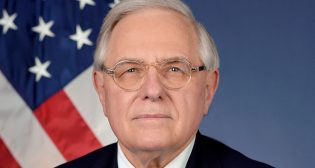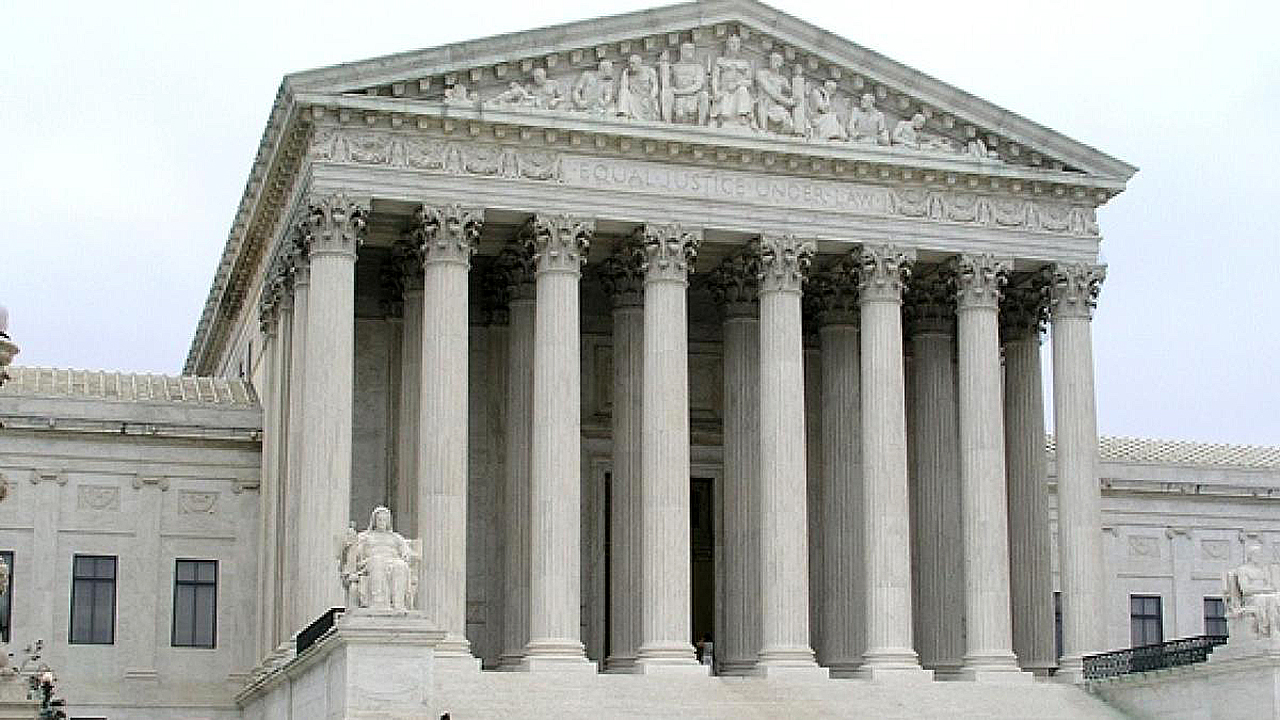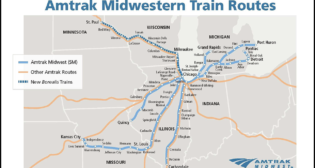
Will Supreme Court Defang STB, FRA?
Written by Frank N. Wilner, Capitol Hill Contributing Editor
WATCHING WASHINGTON, RAILWAY AGE AUGUST 2023 ISSUE: What the Supreme Court giveth, the Supreme Court taketh—its reach and grasp primed to terminate or limit four decades of judicial permissiveness that grants federal regulatory agencies, such as the independent Surface Transportation Board (STB) and Executive Branch Federal Railroad Administration (FRA), license to interpret what is ambiguous or unclear in statutes they administer.
Simply, regulatory agencies such as STB and FRA could soon lose the ability to exercise quasi-legislative and quasi-judicial powers to fill in statutory gaps with details (rulemakings) when statutes they administer lack direct language on specific points.
Several pending STB and FRA rulemakings sought by shippers and labor unions could be at risk if the Court, during its 2024 term beginning in October, terminates or limits that judicial permissiveness, which defenders consider a flexibility allowing adaptation to changing circumstances.
It was in 1984 that the Supreme Court afforded federal regulatory agencies so-called Chevron deference—named for the underlying case, Chevron USA v. Natural Resources Defense Council.
Should the Supreme Court dispatch Chevron deference to the dustbin of overruled precedents, lower courts—now compelled to grant deference to rational and fact-driven regulatory agency interpretations of ambiguous statutory provisions—would gain free rein to substitute their own interpretations. Railroads would aggressively challenge agency decisions no longer afforded Chevron deference.
The statute administered by the STB, for example, is vague as to “the public interest” and the “common carrier obligation,” and lacks clarity on what are “reasonable” railroad rates and practices. The FRA’s statutory instruction to promote “railroad safety” similarly lacks clarity as to whether minimum crew size should be mandated and what validated scientific evidence is first required.
Politically conservative opinion leaders argue Chevron deference is inconsistent with the Constitution’s separation of powers. Scholars at the conservative Heritage Foundation argue that Chevron deference “turns on its head” the Court’s 1803 Marbury v. Madison decision that the province and duty of courts is to interpret the law. A conservative legal scholar at the Hoover Institution termed Chevron deference a “thumb-on-the-scales” by unelected bureaucrats.
Chief Justice William Howard Taft, however, justified the role of expert regulatory agencies, writing in 1921 of “the inevitable progress and exigencies of government.” In 1989, the Court, citing the growing complexity of modern nation states, again defended the role of expert regulatory agencies, saying Congress “simply cannot do its job absent an ability to delegate power under broad general directives.”
Four of the nine current Supreme Court justices have written or spoken in opposition to Chevron deference, whose fate likely will be determined in upcoming months when the Court decides Loper Bright Enterprises v. Raimondo.
Justice Clarence Thomas wrote in 2015 of “serious questions about the constitutionality” of Chevron deference. In 2016, appellate judge Justice Neil M. Gorsuch wrote that Chevron deference permits bureaucrats “to swallow huge amounts of core judicial and legislative power” and “maybe the time has come to face the behemoth.” In 2017, Justice Brett Kavanaugh, then an appellate judge, wrote of Chevron deference, “Under the guise of ambiguity, agencies can interpret statutes to accommodate their preferred policy outcomes.” And in a 2017, Justice Samuel Alito spoke of Chevron’s “massive shift” of lawmaking from Congress to the Administrative State populated by the federal bureaucracy.
Assuming these four conservative justices vote to terminate or limit Chevron deference, only one other Court conservative must become a fellow traveler to provide a five-vote majority. Judicial pundits identify Chief Justice John Roberts as a Chevron “skeptic,” but less so Justice Amy Coney Barrett.
The most recognizable application of Chevron deference occurred in 2000 when the D.C. Circuit Court of Appeals voted 2-1 not to interfere with the STB’s unprecedented imposition of a 15-month moratorium on railroad mergers to allow for writing of more stringent merger rules.
The conundrum, should the Supreme Court terminate or limit Chevron deference, is how the judiciary will substitute its less-than-expert understanding of rail regulatory issues for the specialized knowledge housed within the STB and FRA. Appellate courts may initially focus on regulatory agency deviations from the status quo, but the possibility exists they could upset long-accepted regulatory doctrine, leaving the STB and FRA as paper tigers.



